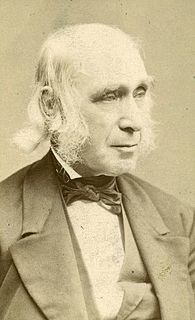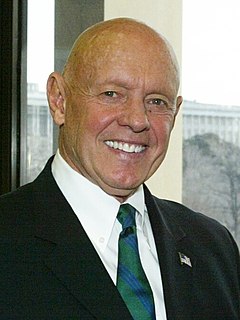Top 89 Quotes & Sayings by John P. Kotter
Explore popular quotes and sayings by an American educator John P. Kotter.
Last updated on November 10, 2024.
In terms of getting people to experiment more and take more risk, there are at least three things that immediately come to my mind. Number one, of course, is role-modeling it yourself. Number two is, when people take intelligent, smart risks and yet it doesn't work out, not shooting them. And number three, being honest with yourself.
Motivation and inspiration energize people, not by pushing them in the right direction as control mechanisms do but by satisfying basic human needs for achievement, a sense of belonging, recognition, self-esteem, a feeling of control over one's life, and the ability to live up to one's ideals. Such feelings touch us deeply and elicit a powerful response.
Leadership is about setting a direction. It's about creating a vision, empowering and inspiring people to want to achieve the vision, and enabling them to do so with energy and speed through an effective strategy. In its most basic sense, leadership is about mobilizing a group of people to jump into a better future.




















